PORTLAND, Ore. — What’s the best way to spend $2 billion? That is the unprecedented challenge facing Dr. Brian Druker, the renowned oncologist who directs the Knight Cancer Institute (KCI) at Oregon Health & Science University (OHSU).
The money—believed to be the largest single donation ever given to an educational institute—comes from Nike co-founder Phil Knight and his wife, Penny. Announced Aug. 14, the historic gift will deliver about $200 million annually over the next decade, providing stable funding to expand research, facilities, and patient care.
“It’s a breathtaking number,” Druker said from his Portland office overlooking the Willamette River. “The ultimate goal is simple: give patients the best possible care with cutting-edge treatments and make KCI the nation’s premier cancer center.”
From Gleevec to Global Leadership
Druker joined OHSU in 1993 and quickly became a leading figure in oncology with his pioneering work on imatinib, later marketed as Gleevec, a breakthrough treatment for chronic myelogenous leukemia. Approved in 2001, the drug remains on the World Health Organization’s list of essential medicines.
Since then, Druker has led the evolution of the Knight Cancer Institute. A $100 million gift from the Knights in 2008 and a $500 million challenge grant in 2013—matched by OHSU—helped build the institute’s reputation as a hub of innovation.
But this new gift, Druker admits, almost didn’t happen.
Breaking Free from Bureaucracy
In recent years, OHSU has faced financial struggles, layoffs, and morale issues. Druker himself stepped down as KCI director in December 2024, citing frustration with bureaucratic limits on faculty hiring and salaries.
He recalled recruiting a top computational biologist from Harvard, only to see OHSU offer a salary at just a quarter of Harvard’s pay. “These are the sorts of hurdles we faced,” Druker said.
The impasse prompted serious conversations with the Knights. Druker told them bluntly that without structural change, another large gift wouldn’t make sense. His honesty paid off. With OHSU’s new president Dr. Shereef Elnahal on board, the institute is gaining autonomy.
The $2 billion comes with a major shift: KCI will now have its own board of directors, allowing it to control key decisions such as faculty recruitment and pay scales, while still maintaining close ties with OHSU hospitals and the medical school.
“Aligning authority with responsibility was essential for a gift this size,” Druker said.
Research Priorities: Precision, Detection, and Prevention
Druker envisions the institute leading in three key areas:
-
Precision oncology — building on his Gleevec legacy by going beyond DNA sequencing to integrate gene expression, protein levels, and immune responses for a fuller understanding of cancer biology.
-
Early detection — strengthening KCI’s Cancer Early Detection Advanced Research Center (CEDAR) to catch cancers sooner, when treatment is most effective.
-
Early interception — developing methods to treat high-risk patients before cancer develops, similar to how statins prevent heart disease or Pap smears catch precancerous changes.
“What if we could reduce the risk of lung cancer within five years of quitting smoking instead of 20?” Druker asked. “That’s the kind of bold thinking we want.”
A Patient-Centered Approach
The Knights’ gift won’t just fund labs and faculty. It will also support hiring social workers, financial counselors, and care navigators to help patients manage the life upheavals that come with a cancer diagnosis.
“If we provide those services alongside the best treatments, we’ll achieve the best outcomes,” Druker explained.
Beyond Research: Building Portland’s Biotech Ecosystem
While KCI’s primary mission is patient care and discovery, the new funding is also expected to boost Portland’s bioscience sector. Commercializing research through startups and partnerships could create jobs and strengthen the city’s role in the national biotech landscape.
“A gift like this really positions OHSU as a national leader in cancer research,” said Liisa Bozinovic, executive director of the Oregon Bioscience Association. “And in doing that, it strengthens Portland’s place in the bioscience space.”
Lessons from Nike’s Playbook
Nike’s competitive spirit and design ethos are woven into KCI’s culture. The institute’s sleek facilities borrow inspiration from Nike’s campus, and its motto—“Give Cancer Hell”—echoes the simplicity of “Just Do It.”
But slogans alone won’t elevate KCI into the ranks of MD Anderson, Dana-Farber, or Memorial Sloan Kettering. Druker believes relentless curiosity will. “I want scientists who are never satisfied with what we know today, always asking what else is out there,” he said.
Looking to the Future
For Druker, who has spent three decades chasing answers in cancer research, the gift represents both a responsibility and an opportunity. He regularly tells young scientists at KCI that they must carry the torch forward.
“I’m going to be gone, but you need to finish the job we started,” he said.
With $2 billion now fueling that mission, the Knight Cancer Institute is lacing up for a new race—one with global stakes and the potential to change the face of cancer care for generations.

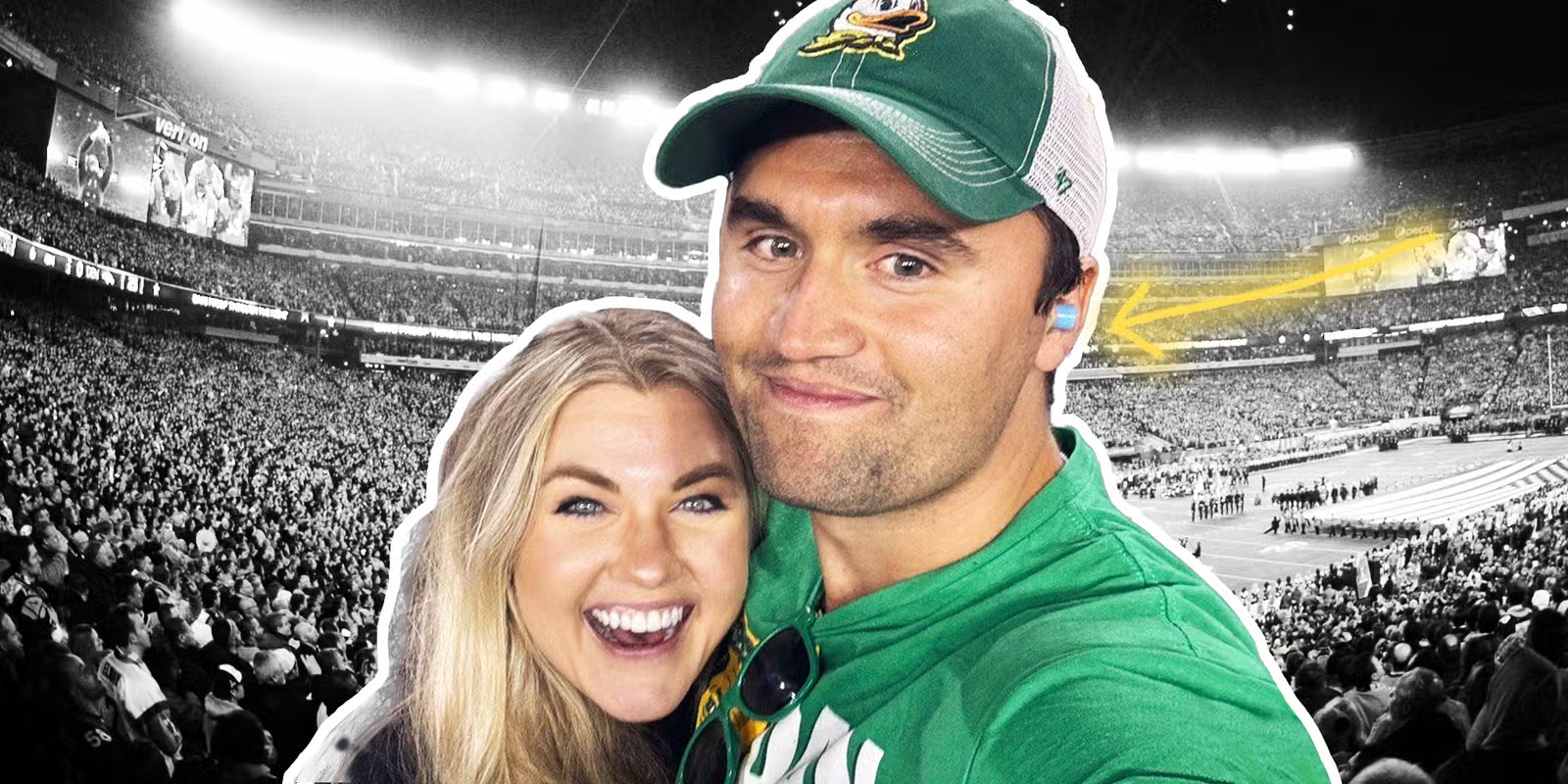

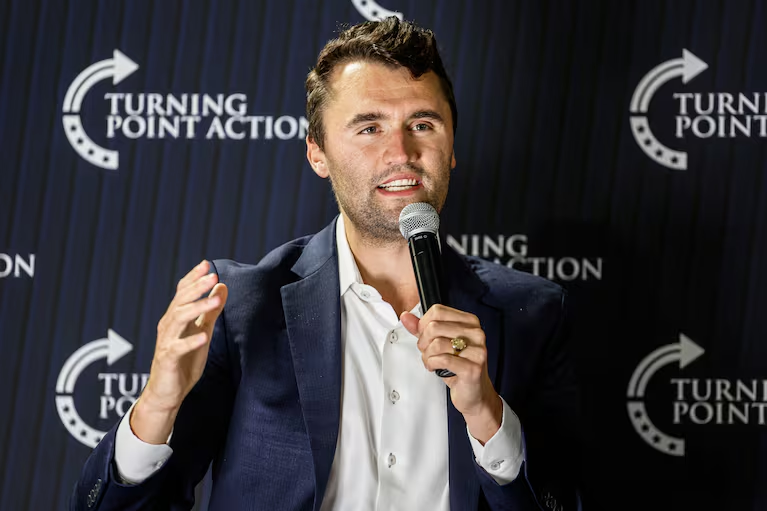
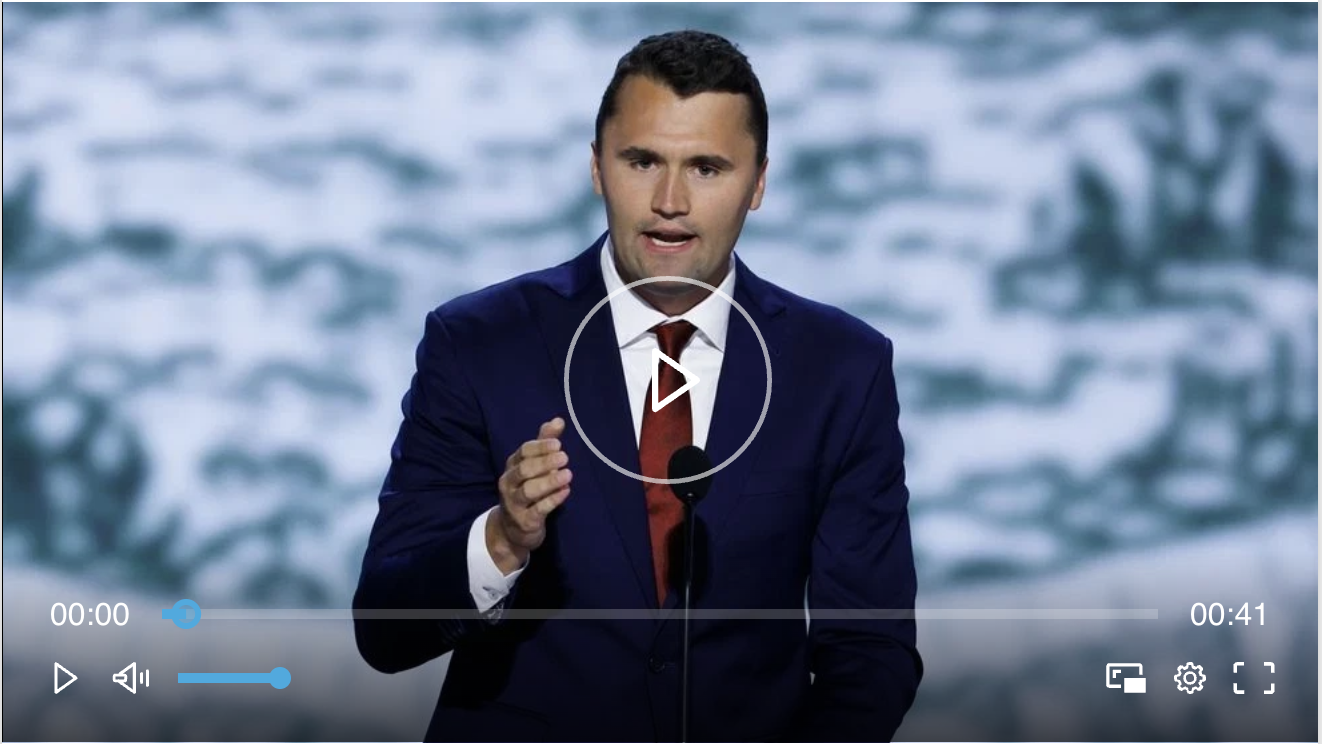


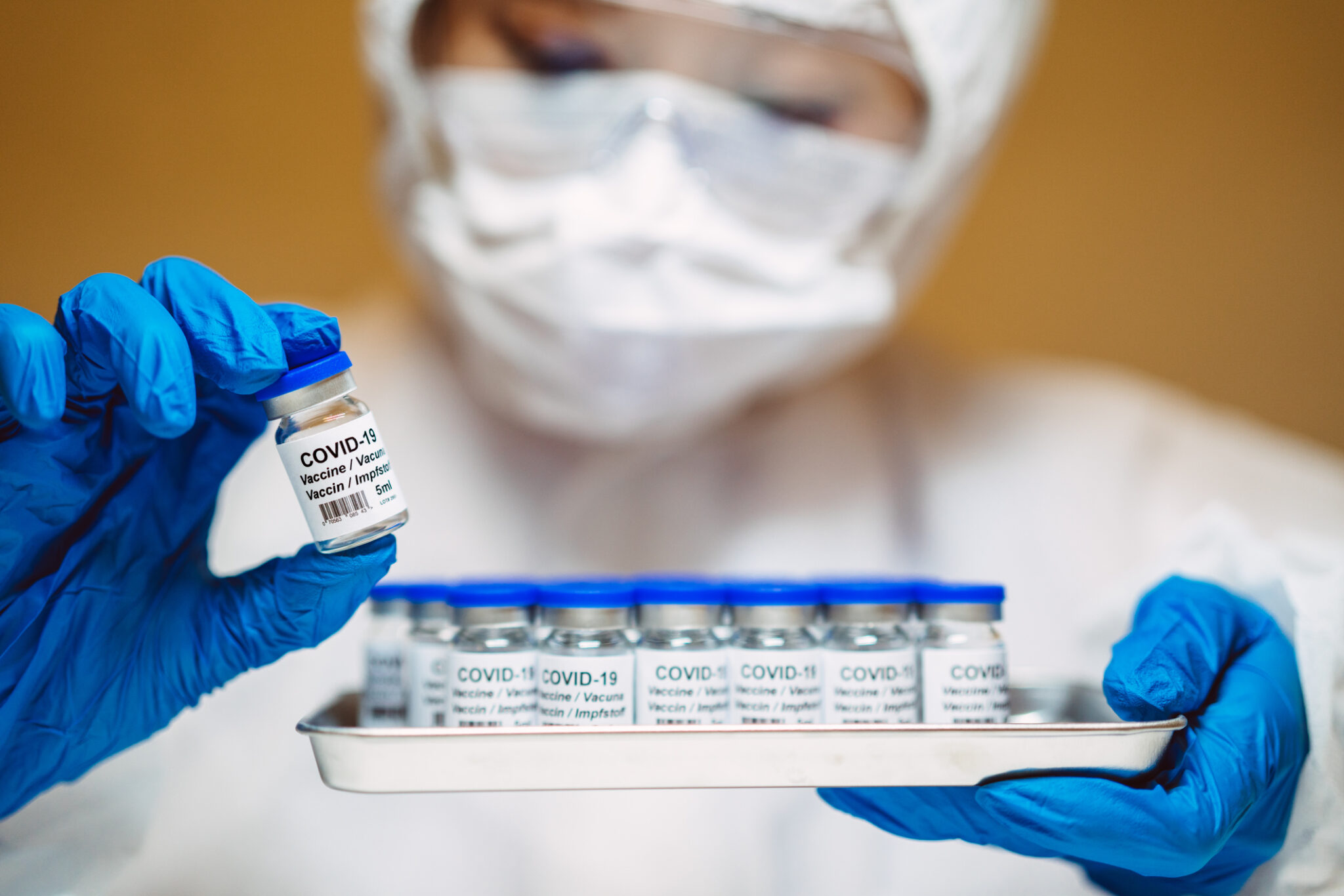
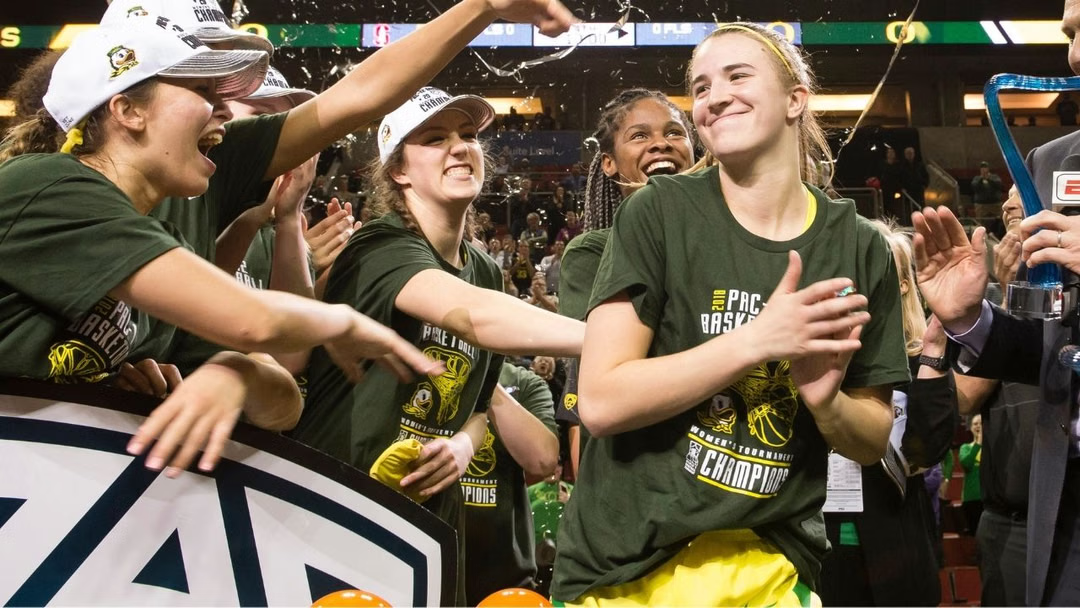
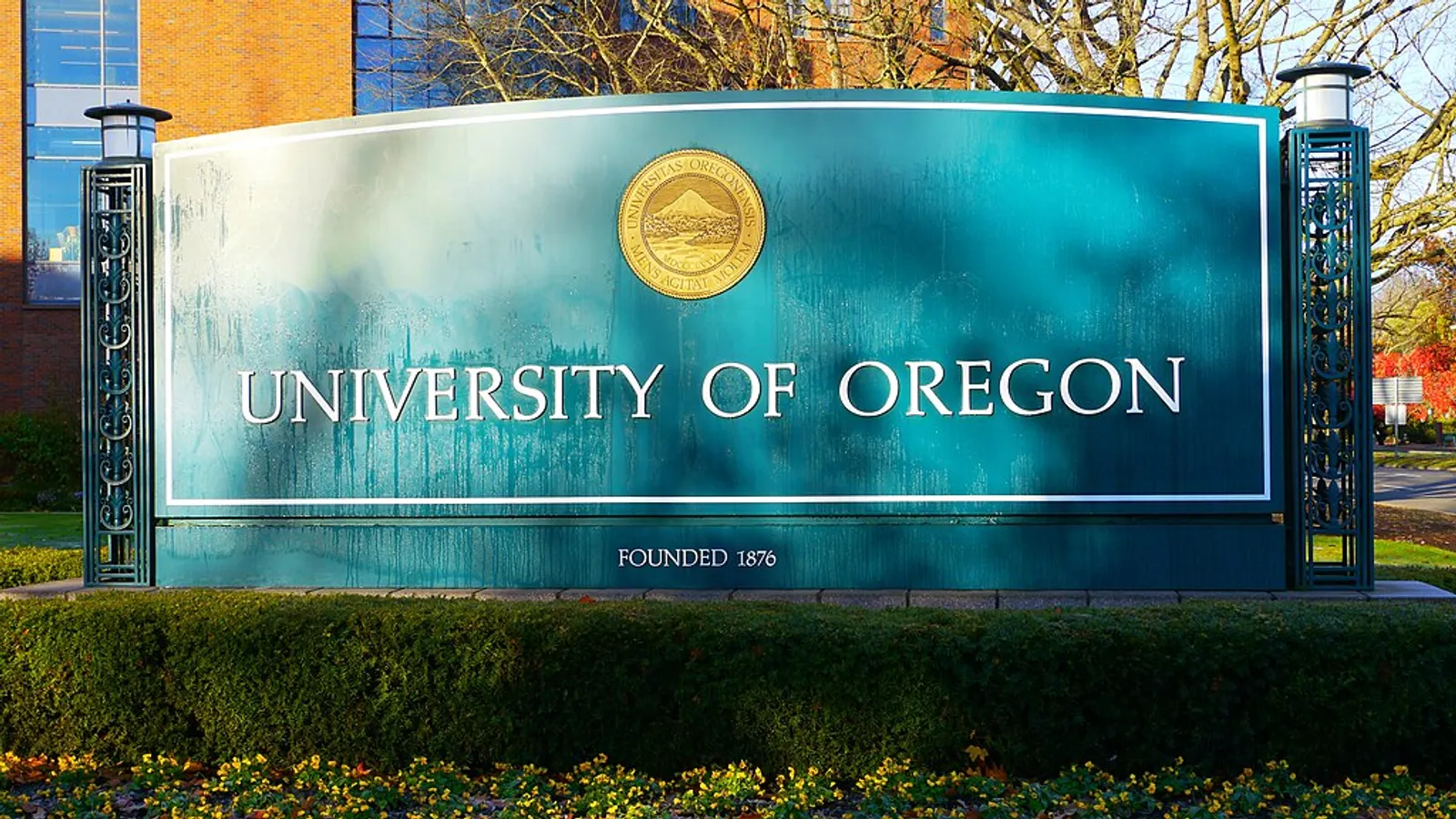





Leave a Reply